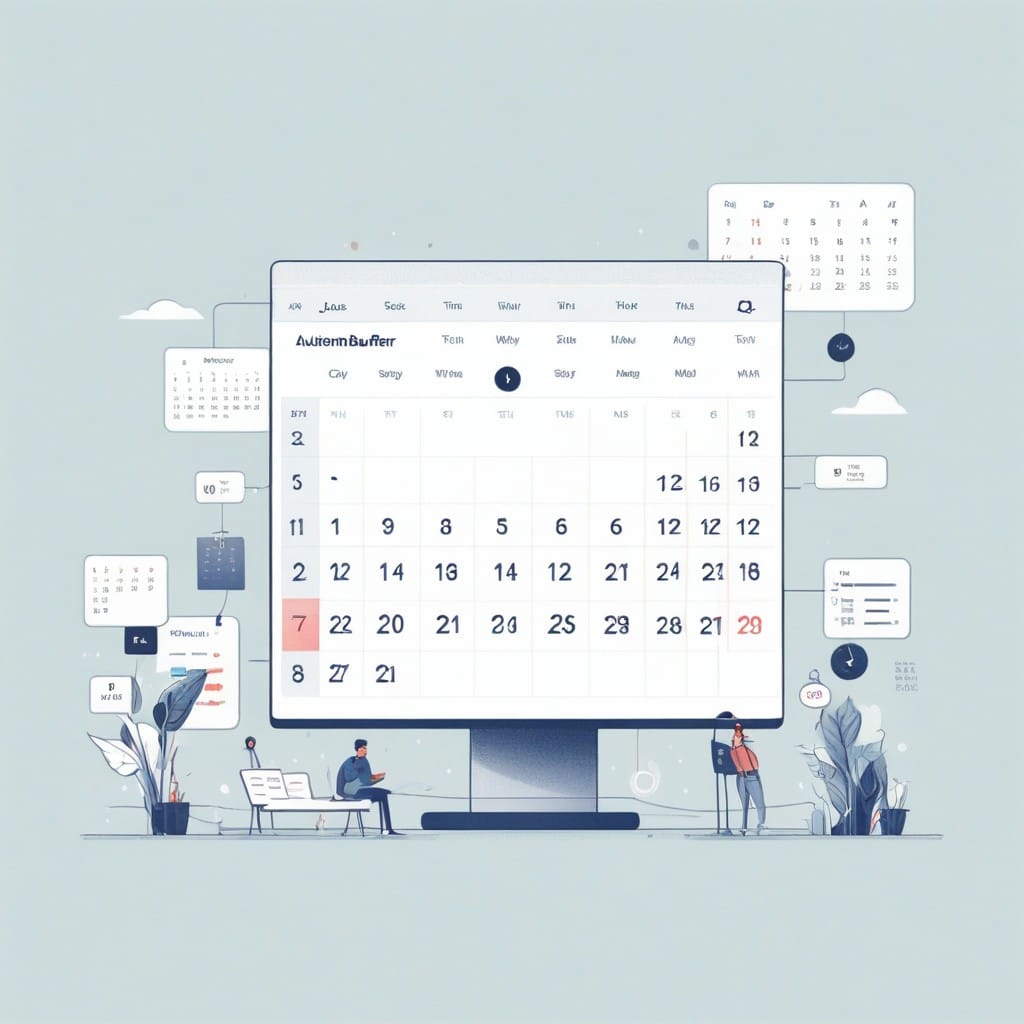Automating Buffer Time in n8n for Smarter Calendar Management

In today’s fast-paced work environment, managing your calendar efficiently is crucial for productivity. Back-to-back meetings can lead to burnout, while insufficient time between appointments can cause delays and stress. One solution is to automate buffer time—short breaks between events—to ensure smoother transitions and better focus.
With n8n, a powerful workflow automation tool, you can streamline this process. In this post, we’ll explore how to automate buffer time in n8n, making your calendar management smarter and more efficient.
Why Buffer Time Matters
Buffer time—typically 10 to 30 minutes between meetings—helps you:
- Avoid burnout by giving yourself mental breaks.
- Prepare for the next meeting by reviewing notes or agendas.
- Handle overruns when previous meetings run late.
- Improve focus by reducing context-switching stress.
Manually adding buffer time is tedious, especially with a packed schedule. Automation ensures consistency and saves time.
How to Automate Buffer Time in n8n
n8n allows you to connect to calendar services (like Google Calendar or Microsoft Outlook) and apply logic to modify events. Here’s a step-by-step guide:
Prerequisites
- An n8n instance (self-hosted or cloud).
- Access to a calendar API (Google Calendar, Outlook, etc.).
- Basic familiarity with n8n workflows.
Step 1: Fetch Upcoming Calendar Events
Use the Google Calendar or Microsoft Outlook node in n8n to retrieve upcoming events. Configure it to pull events for the next day, week, or any desired timeframe.
Step 2: Filter Events That Need Buffers
Not all events require buffers (e.g., back-to-back calls with the same team). Use the IF node to filter events based on criteria like:
- Event duration (e.g., only meetings longer than 30 minutes).
- Event type (e.g., exclude "Focus Time" blocks).
Step 3: Calculate and Apply Buffer Time
For each qualifying event, use the Function node to adjust start/end times. Example JavaScript code:
```javascript
// Add 15-minute buffer before and after each event
const newStartTime = new Date(items[0].json.start.dateTime);
newStartTime.setMinutes(newStartTime.getMinutes() - 15);
const newEndTime = new Date(items[0].json.end.dateTime);
newEndTime.setMinutes(newEndTime.getMinutes() + 15);
return [{
json: {
...items[0].json,
start: { dateTime: newStartTime.toISOString() },
end: { dateTime: newEndTime.toISOString() },
},
}];
```
Step 4: Check for Conflicts
Before updating events, use the Calendar API again to check if the new times conflict with existing events. If a conflict exists, adjust the buffer or skip that event.
Step 5: Update Calendar Events
Finally, use the Google Calendar or Outlook node to update the events with the new timings.
Advanced Customizations
- Dynamic Buffer Lengths: Adjust buffer time based on meeting length (e.g., 10 minutes for 30-minute meetings, 20 minutes for hour-long ones).
- Time-Based Buffers: Longer buffers for late-afternoon meetings when energy levels drop.
- Priority-Based Buffers: Critical meetings get longer buffers than routine check-ins.
Benefits of Automating Buffer Time
- Consistency: Ensures every meeting has breathing room.
- Time Savings: No manual adjustments needed.
- Reduced Stress: Fewer rushed transitions between tasks.
- Improved Productivity: Better focus and preparation time.
Final Thoughts
Automating buffer time in n8n is a simple yet powerful way to optimize your calendar. By leveraging n8n’s flexibility, you can tailor the workflow to your specific needs, ensuring a more balanced and productive schedule.
Try setting up this workflow today, and experience the difference buffer time makes in your daily routine!
Would you like a more detailed breakdown of any step? Let me know how I can refine this guide for your needs!



